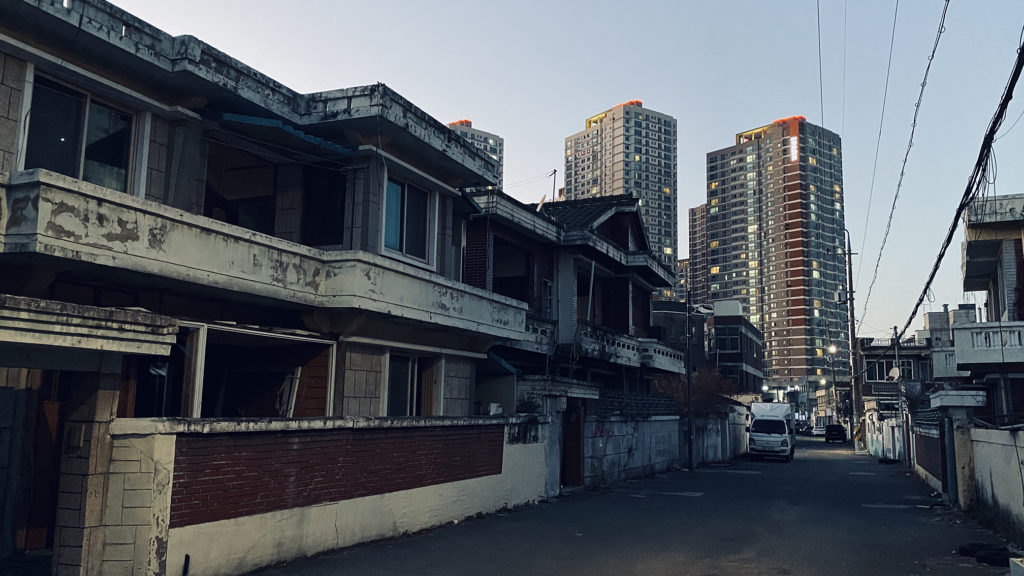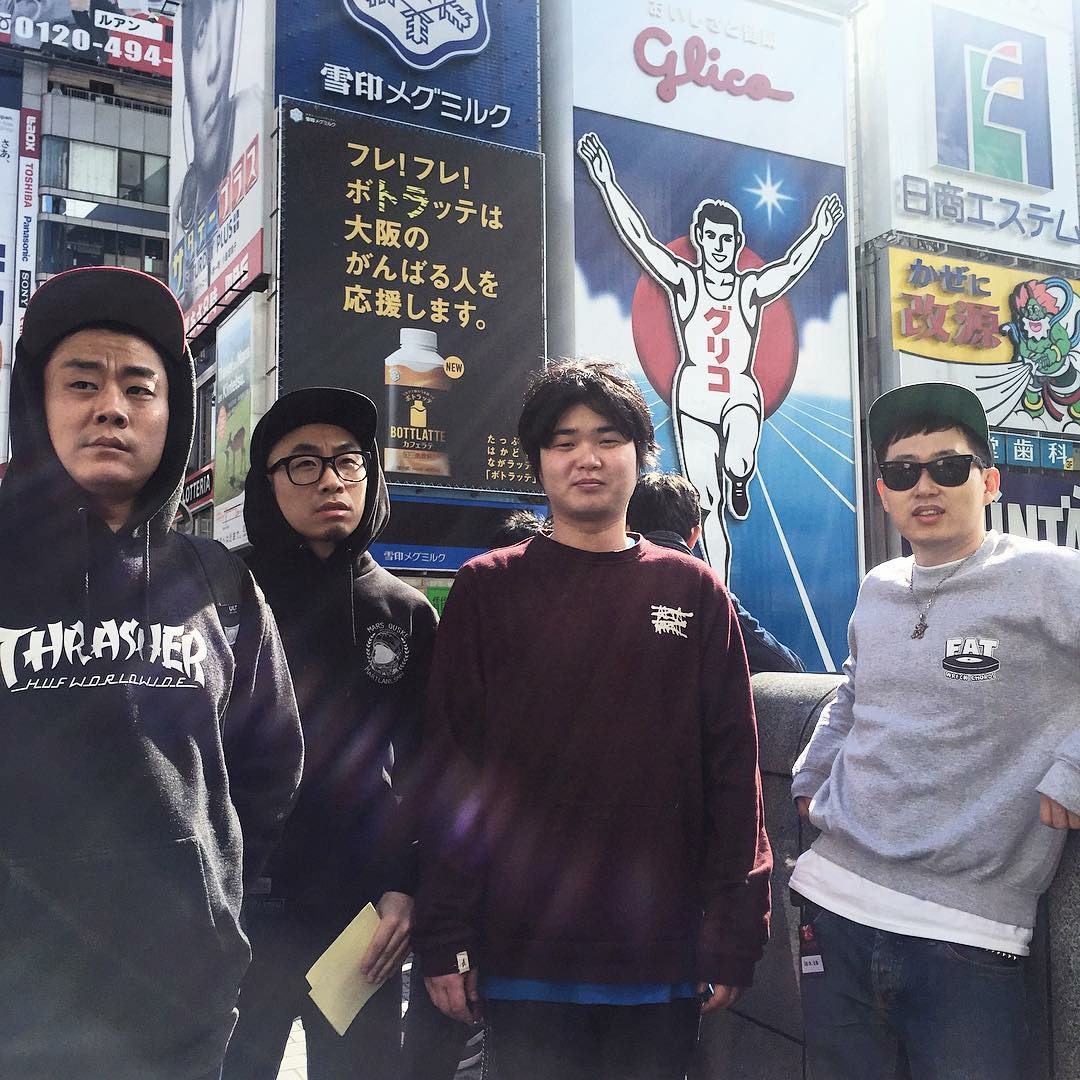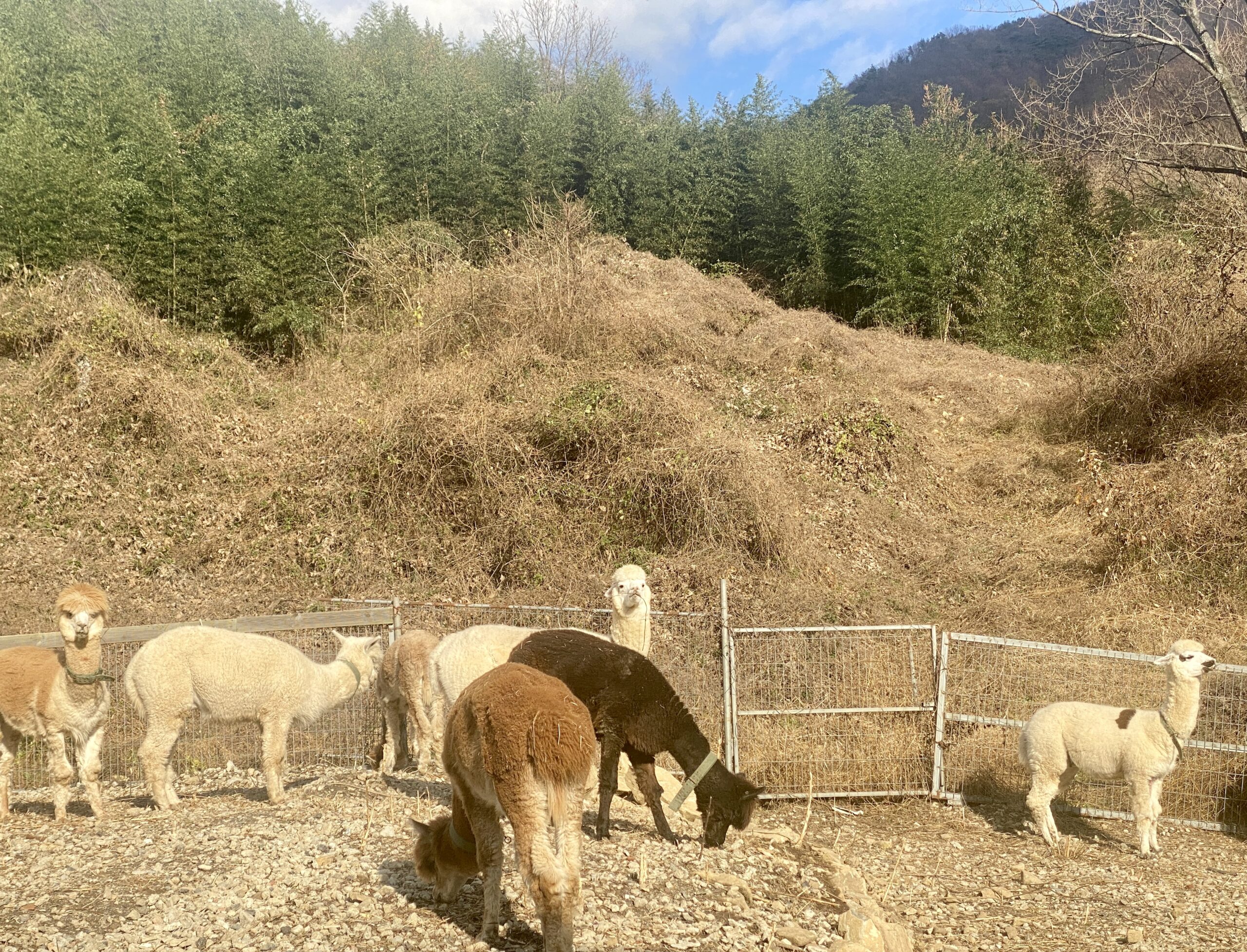Expropriating the Past in Hak-dong
Written and photographed by Isaiah Winters.
Among Gwangju’s most neglected neighborhoods, few surpass Hak-dong in their potential. Well situated between downtown, the Gwangju Stream, and Chosun University, Hak-dong even boasts two stops along the city’s only extant subway line. For anyone paying attention, it’s a real estate gold mine inevitably consigned to a good, old-fashioned expropriation.
This column last visited Hak-dong six months ago when evictions were in full swing despite certain residents’ firm opposition. These include stakeholders in Jadong Plaza, Namgwang Church, and a few individuals who carried on with their lives as best they could. In awe of their mettle, this year’s initial Lost in Gwangju piece will pay homage to these resolute holdouts and the terminal beauty of their vanishing neighborhood.
Capturing images of terminal beauty within pockets of deprivation isn’t always easy, and finding human-interest stories buried beneath the rubble is even harder, especially now with demolition continuing full bore six days a week. Nevertheless, over my time sifting through Hak-dong’s remnants, I took an interest in a few places, including a calligrapher’s house and studio [see the July 2020 issue], which was still in place until the beginning of last December. Early on in that month, however, its second floor got decapitated, with the base getting demolished a week later.

Another home I found brimming with personal artifacts belonged to a diligent photojournalist with an intense interest in regional photography [see also the July 2020 issue]. As of this article’s submission date, his home still stands with all his photos and thousands of meticulously catalogued negatives inside. The staying power of this particular home is likely due to its proximity to Namgwang Church, which stands in adamant opposition to demolition and looks determined to fight eviction till the bloody end. [To understand why some churches are so reluctant to relocate in the face of redevelopment, see the March 2020 issue.]
Yet another personal account involves two elderly residents – an unflinching couple who continued to run a “computer dry-cleaner’s” in the area long after it’d been in eclipse. Behind their little storefront, I would always see them shuffling about here and there between racks of freshly hung laundry while the hum of a large dryer sounded the street’s only pulse of life. I don’t know exactly when they closed up shop, but I recently got inside the place and saw that they’d taken everything except the large dryer, which now sits coldly idle.

Presently, the wrecking crew is bulldozing the neighborhood’s softer, hanok-rich center of traditional houses while leaving the sturdier exterior buildings up as a bulwark. This seems to be standard practice, as it was also utilized in recent redevelopment projects in Gyerim-dong, Jungheung-dong, Im-dong, and Yu-dong. As for Hak-dong’s inner core, most residents are already long gone, save one who’s turned his jutaek home into a resistance center of sorts by spray-painting it with messages in defiance of demolition. As the sun set on my penultimate visit to the area, the owner sat out front in the dark beside a barrel fire. Though his home still seems to have electricity, I can only wonder if it has heating as we head deeper into winter.
I’d be remiss if I didn’t mention the area’s most overlooked residents, who also make up the majority of holdouts: felines. Following an apparently prolific autumn breeding season, there are more cats in Hak-dong than ever before. They seem to scurry from nearly every home I visit, peer around almost every alley corner, or stare down at me intently from every other rooftop. Sometimes this can be a little haunting, especially when the cats are clearly hungry and crying out for food. I sometimes use their hunger as a cover when confronted about why I’m skulking around abandoned neighborhoods. It’s a good idea to bring treats along as proof in these instances.

Fortunately, most of the abandoned cats of Hak-dong seem to be anything but hungry. While cats in some redevelopment zones look gaunt and haggard from lack of care, these cats look plump and healthy – and not just because they’re nursing or have full winter coats. It’s apparent that there are a few guardian angels who live nearby and abundantly supply the remaining homes with plates and bowls of cat food. I’ve noticed that more than a few homes have even been supplied with several boxes and crates padded with small pillows inside. One home I saw had close to a dozen of these makeshift beds with freshly emptied bags of cat food discarded at the door.
In preparation for this article, I spent a few weekends darting furtively from house to house (not unlike a cat) in search of details with any personalized touch. Old family photos are usually the biggest score, doubly so if they were taken on the premises and can be lined up for before and after shots. Handmade artifacts are also revealing, as with the hundreds of hand-folded paper cranes I found hanging in the window of one of the area’s few remaining hanok homes. The detailed carpentry and idiosyncratic tilework of each home also help to humanize otherwise vacant dwellings that once teamed with multiple generations. Even the grimy, old handle of a paint-chipped wooden door can somehow summon all the people who once crossed that threshold.

Despite Hak-dong’s latest erasure looking very doom and gloom, there’s one silver lining that I’d like to focus on in an upcoming article. There’s now a small cohort of mainly Gwangju-based Korean photographers on Instagram who are painstakingly documenting excisions like Hak-dong and elsewhere, often with surprisingly beautiful results. I recently reached out to a few of them once I noticed we were shooting the same areas, likely on the same exact days in some cases. Their photography, backgrounds, and motivations are things I’d like to highlight more this year.
To wrap up this article, I should finally get around to sharing my own Instagram account, where you can see many more photos and videos germane to redevelopment in Gwangju. This you can find in the updated author bio below.
The Author
Originally from Southern California, Isaiah Winters is a Gwangju-based urban explorer who enjoys writing about the City of Light’s lesser-known quarters. When he’s not roaming the streets and writing about his experiences, he’s usually working or fulfilling his duties as the Gwangju News’ heavily caffeinated chief copy editor. You can find more of his photography on Instagram @d.p.r.kwangju





